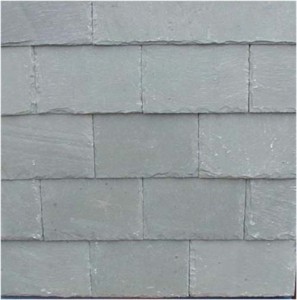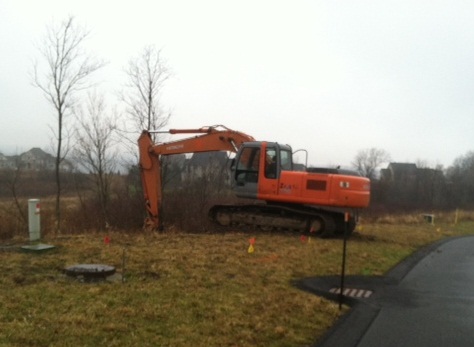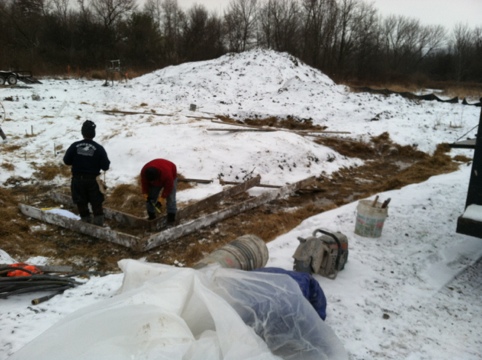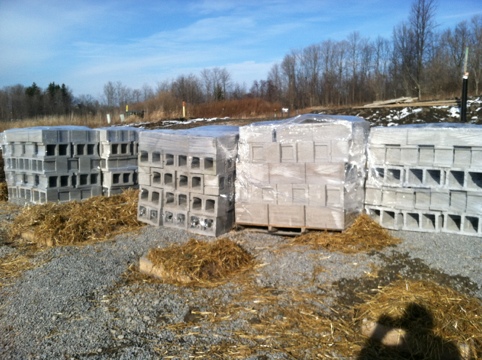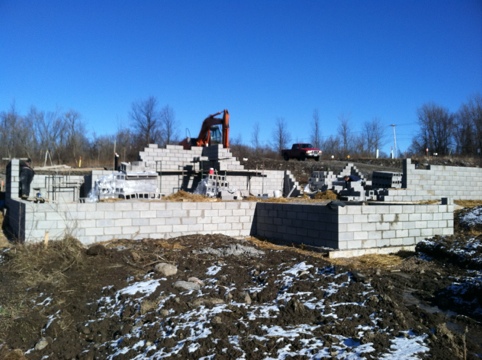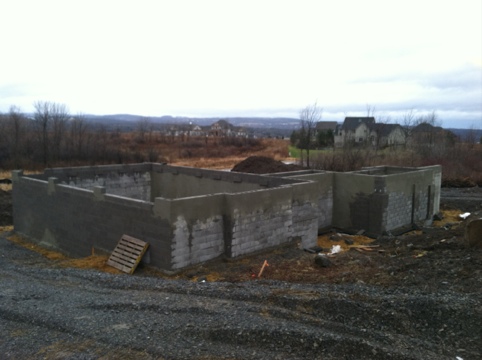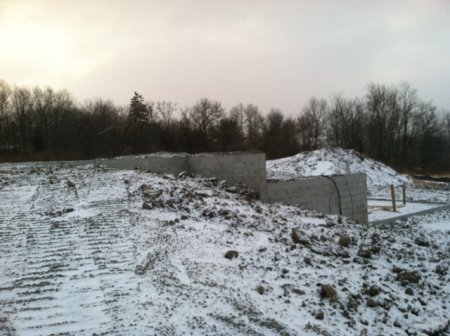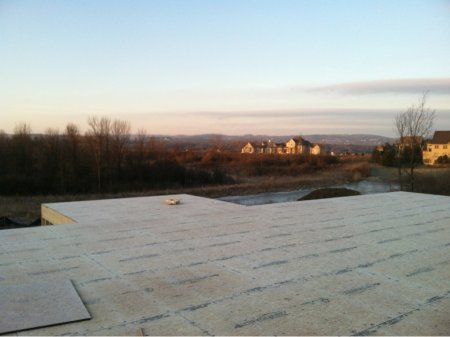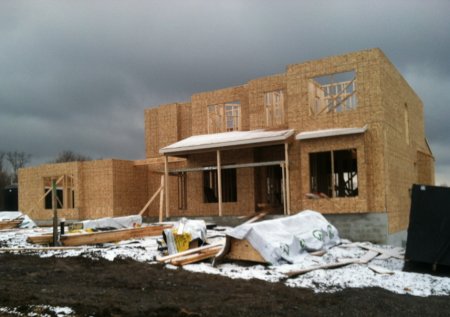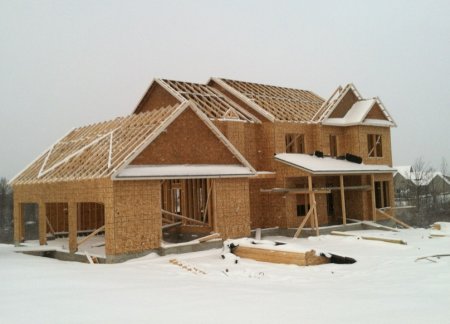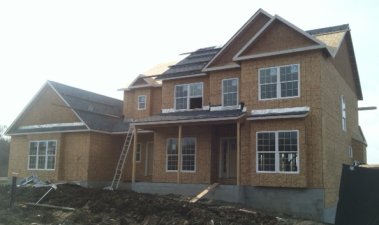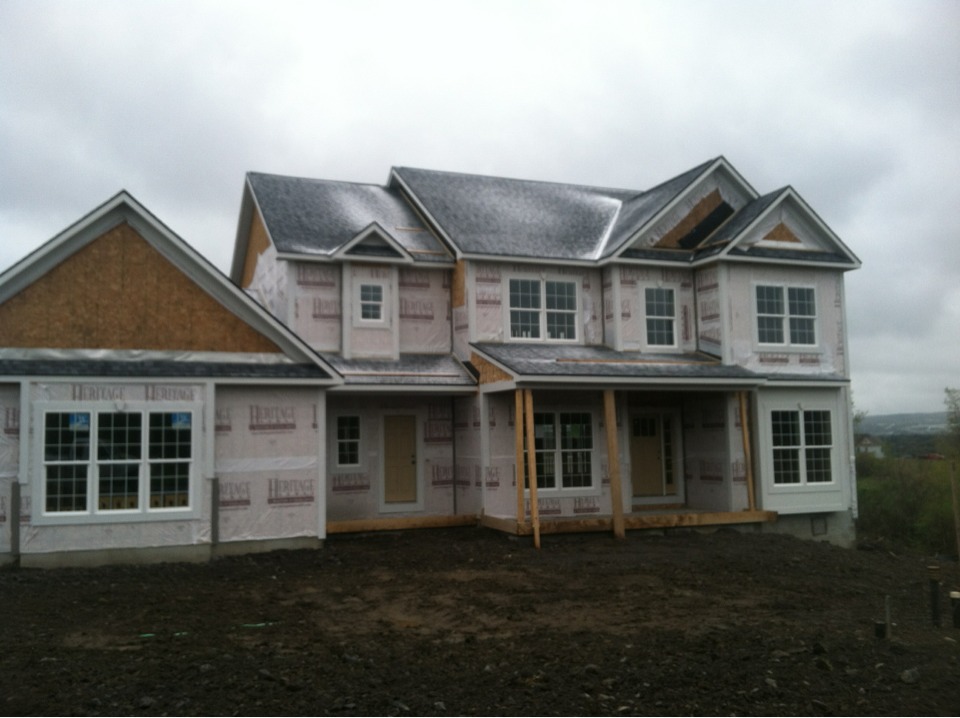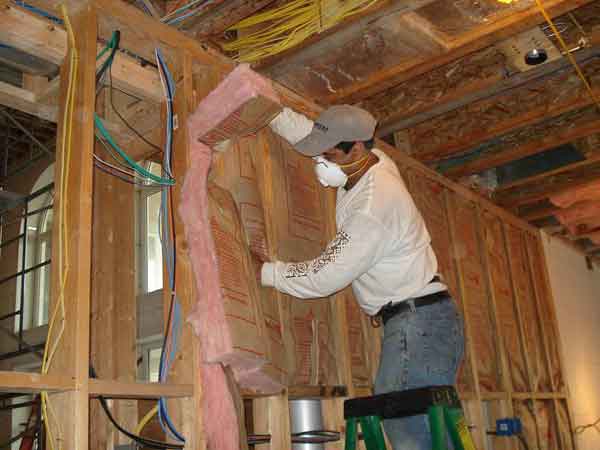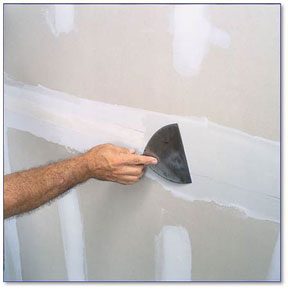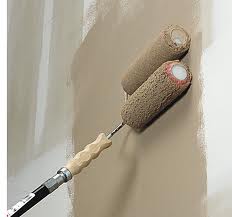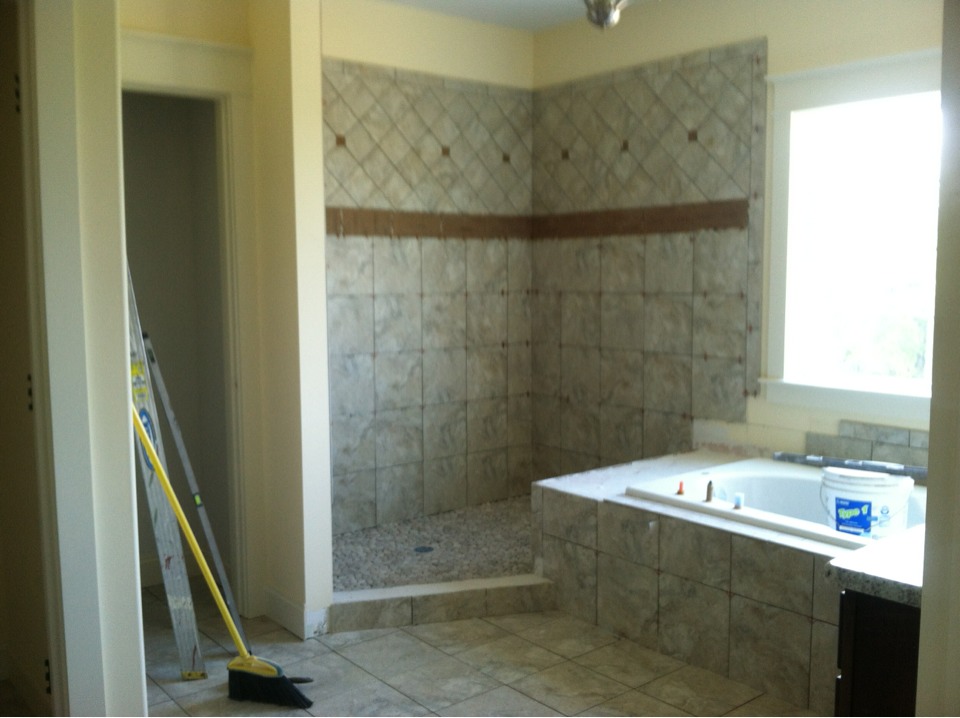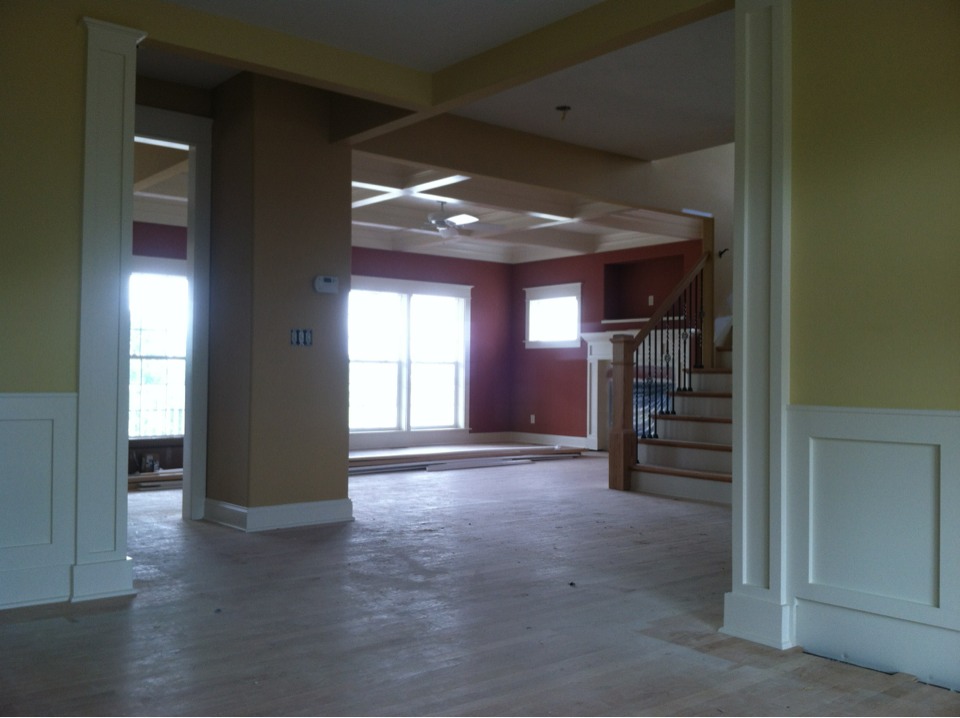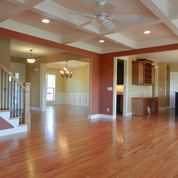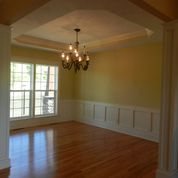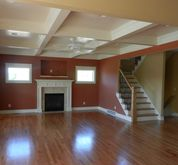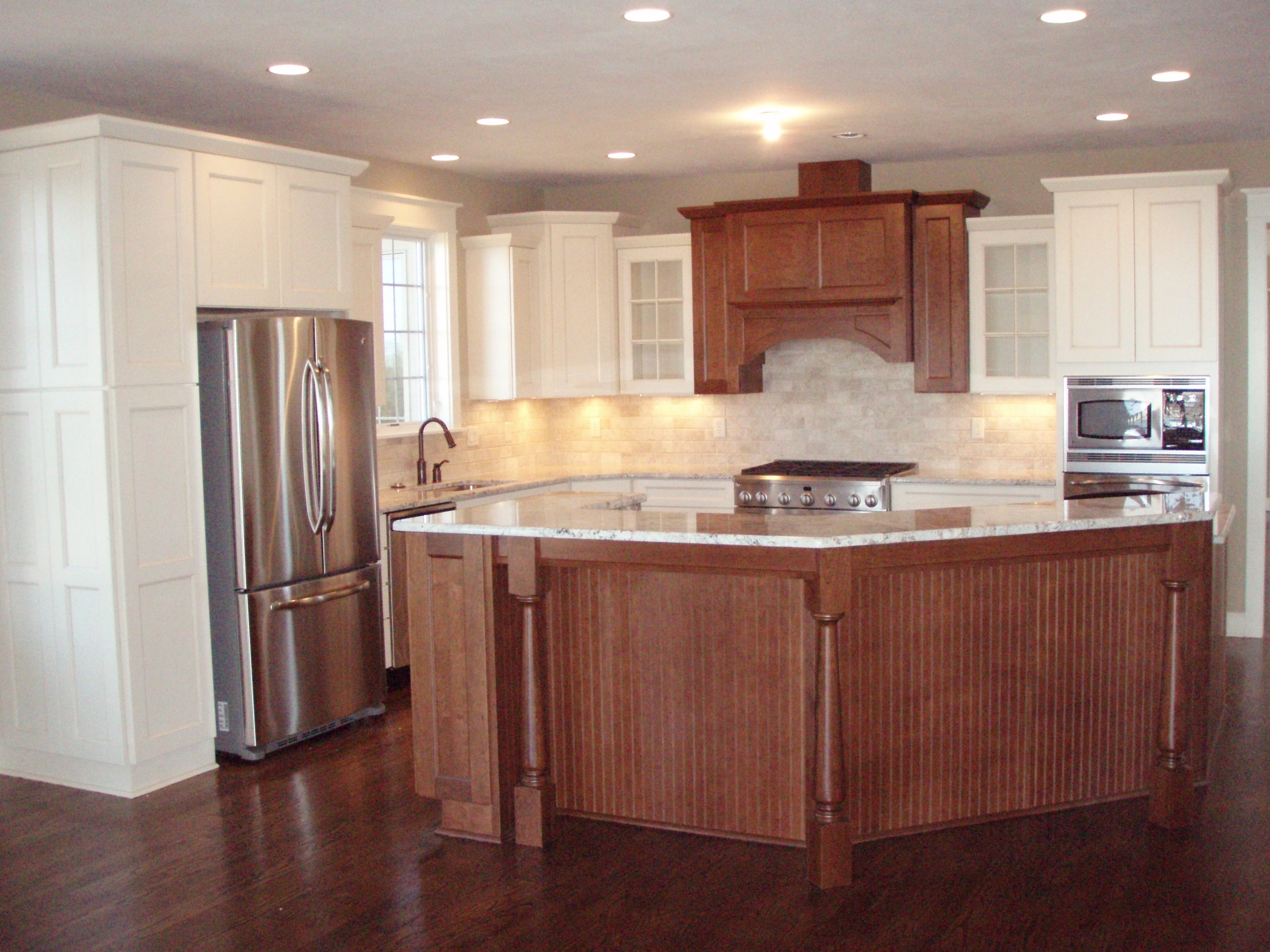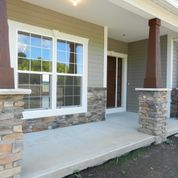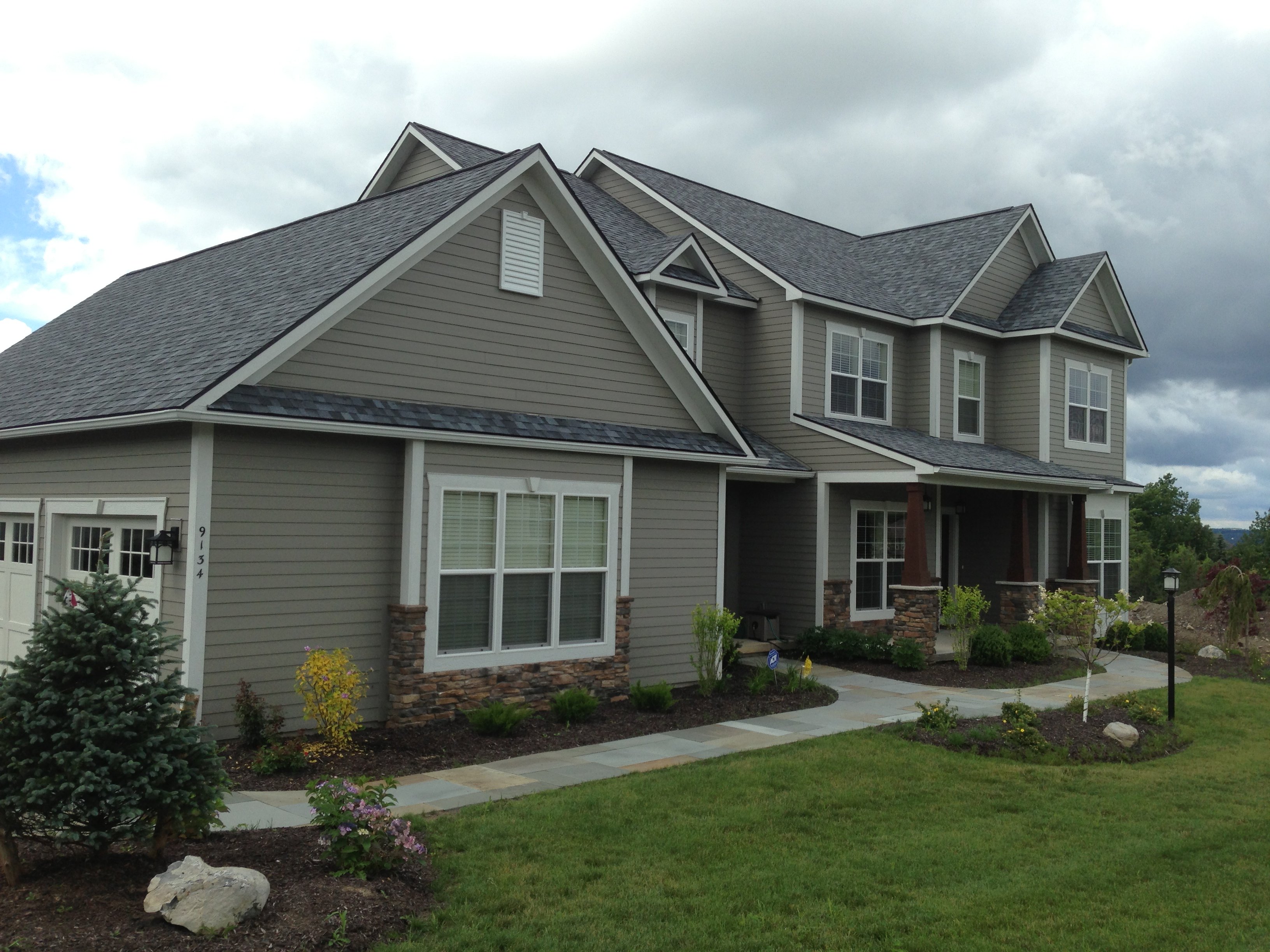Slate is a fine grained, crystalline rock derived from sediments of clay and fine silt which were deposited on ancient sea bottoms. Slates vary in composition, structure, and durability.
Although slate quarrying was not common in the United States until the latter half of the 1800’s, slate roofing is known to have been used prior. Archaeological excavations at Jamestown, Virginia, have unearthed slate roofing in strata dating from 1625-1650 and 1640-1670. Slate roofing was introduced in Boston as early as 1654 and Philadelphia in 1699. 1600’s building ordinances of New York and Boston recommended the use of slate or tile roofing to ensure fire resistant construction.
In the early years of the Colonies, nearly all roofing slate was imported from North Wales. It was not until 1785 that the first commercial slate quarry was opened in the United States. Slate production increased dramatically in the years following the Civil War as quarries were opened in Vermont, New York, Virginia, and Lehigh and Northampton Counties, Pennsylvania. By 1876, slate roofing imports had all but dried up and the United States became a net exporter of the commodity.
The decline of the U.S. slate roofing industry began around 1915 and as a result a decline in skilled labor for both the fabrication and installation. Competition from substitute materials, such as lower cost, mass produced asphalt shingles furhtered the decline of slate roofing.
Slate roofing tiles are still manufactured by hand using traditional methods in a five step process: cutting, sculpting, splitting, trimming, and hole punching.
In recent years, slates from China, Africa, Spain and other countries have begun to be imported into the United States, primarily for distribution on the West Coast.
Pricing
Costs will vary per location and other variables, but may run from $850 to $1,200 per square (100 square feet)
Installation
Beginning in the late 1800’s, asphalt saturated roofing felt was installed atop solid wood sheathing. The felt provided a temporary, watertight roof until the slate could be installed on top of it. The felt also served to cushion the slates, exclude wind driven rain and dust, and ease slight unevenness between the sheathing boards.
Slate roofs are heavy and requires adequate support. Tiles are brittle and installation requires special tools.
The ability to lay slate roofing properly, so that it is a watertight and aesthetically pleasing roof, requires training, much practice, and the right tools. The installation and repair of slate roofs should be performed only by experienced slaters.
Repairs
Occasionally, individual slates are damaged. This may be caused by falling tree limbs, ice dams in gutters, valleys, and chimney crickets, the weight of a workman walking on the roof, or a naturally occurring fault in the slate tile. Repairs require special tools, special skills and are costly.
Every attempt should be made to keep foot traffic off the slate roof. Regular five to seven year inspections should be conducted by professionals experienced in working with slate.
Lifespan
Time has shown that Pennsylvania Soft Vein slates last in excess of 60 years, Vermont and New York slates last about 125 years; Buckingham Virginia slates 175 years or more.
Selection
Slate is available in a variety of colors. The most common are grey, blue-grey, black, various shades of green, deep purple, brick red, and mottled varieties. The presence of carbonaceous matter, derived from the decay of marine organisms on ancient sea floors, gives rise to the black colored slates. Compounds of iron generate the red, purple, and green colored slates.
Generally, the slates of Maine, Virginia, and the Peach Bottom district of York County, Pennsylvania are deep blue-black in color. Those of Virginia have a distinctive lustrous appearance as well due to their high mica content. The slates of Lehigh and Northampton Counties, Pennsylvania, are grayish-black in color. Green, red, purple, and mottled slates derive from the New York-Vermont district. The slate producing region of New York, which centers around Granville and Middle Granville, is particularly important because it contains one of the few commercial deposits of red slate in the world.
Slates are also classified as fading or unfading according to their color stability. Fading slates change to new shades or may streak within a short time after exposure to the atmosphere due to the presence of fine grained disseminated pyrite. For example, the "weathering green" or "sea green" slates of New York and Vermont are grayish green when freshly quarried. Upon exposure, from 20% to 60% of the slates typically weather to soft tones of orange-brown, buff, and gray while the others retain their original shade. Slates designated as unfading maintain their original colors for many years.
Other factors
- There are many types of roofing slate and they each have their own particular qualities and idiosyncrasies.
- It is imperative that people who work on slate roofs know the different types of roofing slate, their origins, longevitys, and qualities; they must be able to identify the slate on the roof.

